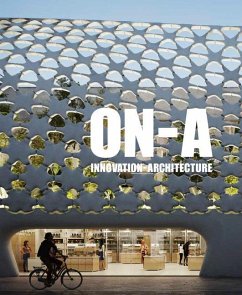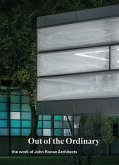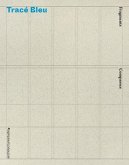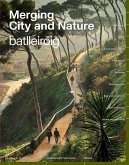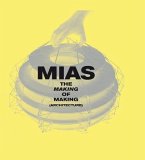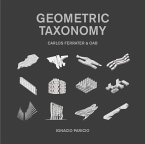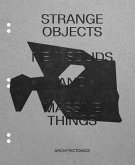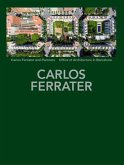Compiles ON-A work philosophy: a constant search for innovative ad hoc solutions for each project, using the most updated technologies and design research. This book exposes and collects the innovations developed through 15 years of work at ON-A, through lengthy conversations between its founders and directors (Eduardo Gutiérrez and Jordi Fernández) and the editor. This is not a usual monograph, but rather an exploration of ideas from an innovation point of view, according to four basic criteria: Design, Laboratory, Technology and Emotion. With the aim of understanding the different degrees of innovation on how they operate in ON-A, the book is organized into these four blocks. The first one is routed on Design as a starting point to attend the control of the geometry (inspired on mineral, arboreal, and organic shapes) and encoding the information (using parametric design, BIM, and coding techniques). That methodology allows us to visualize and interact with the continuum of data and workflows of all stages of development, attending to the entire life cycle of the project. Since ON-A considers themselves as a Laboratory rather than as a professional architecture office, the second conversation explores our ways of making innovative architecture throughout bioclimatic and sustainable experiments and tests done in their works and projects. In that chapter they talk about how to incorporate the 'green' feature through bioarchitecture --a layer of technological green that appeals to sustainability from materiality, management and maintenance-- in order to re-naturalize cities and reconnect people with the natural environment in favor of an ecosystem balance. Technology is the third chapter, a key tool to enhance design and creativity, carrying out complete material, structural and installation modeling that gives us control of any layout whether we use curved glass, precast GRC, wood or another innovative material technique to build their projects. Last but not least, the fourth conversation is about how ON-A's projects work as a catalyst for creating positive Emotions: physical-visual, well-being, and comfort that contribute occupants' health and flexible usability of the designed spaces. As a result of these four conversations, the book shows how to innovate in architecture from different layers with only one concern: helping to reduce the environmental impact of human intervention, improving citizens' quality of life and seeking the emotional interactions between the inhabitants and their environment.
Hinweis: Dieser Artikel kann nur an eine deutsche Lieferadresse ausgeliefert werden.
Hinweis: Dieser Artikel kann nur an eine deutsche Lieferadresse ausgeliefert werden.

